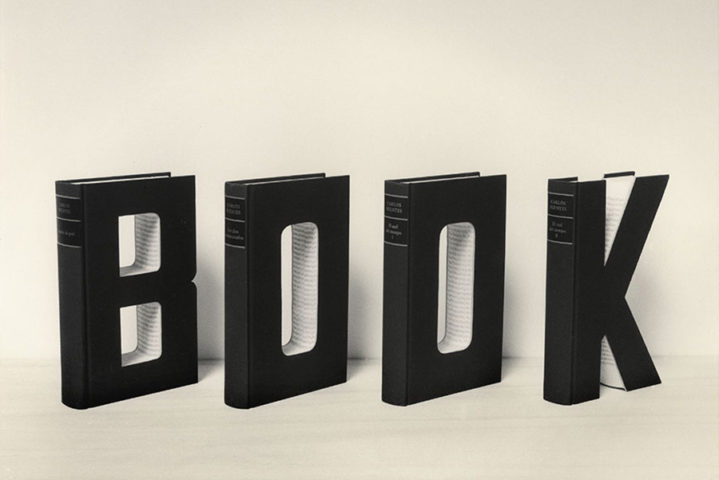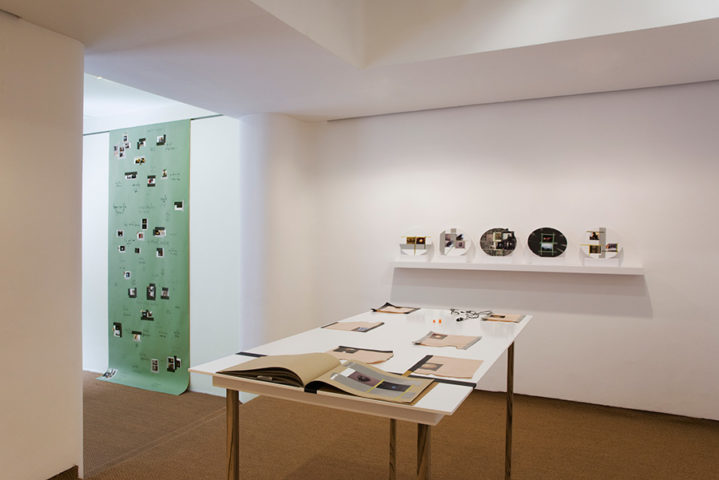We proudly present the exhibition of Fernando Prats Todesfuge, a project that includes works in diverse formats – such as video, installation, photography, paper… – which refer to the poem Todesfuge (Deathfugue) by Paul Celan.
Paul Celan wrote this poem in 1945, shortly after his return from concentration camp. Published some years later, it had a great repercussion in Germany, where Todesfuge was considered as “a moral lament of art against history”. In the installation, the poet intonates this funeral hymn as if it were truly a musical fugue.
For Paul Celan, the task of art consisted in never ceasing to dialogue with the obscure sources. It is this own dialectic spirit, between language and darkness, which attempts to prevail giving sense to the work of Fernando Prats presented in this exhibition. His works, laden with a historical background, are born from an energy set to the limit, represented by smoke as unequivocal materiality. They are works that correlate confronted concepts such as annihilation and harmony, underlining in this way a contradiction that expresses an extreme grief.
Fernando Prats constructs this narration from the skies of Auschwitz, from that which occurred during the “Night of broken glass”, the rain, the smoke and the milk as the symbol of maternal nourishment appearing in the image of the “black milk of dawn” (Schwarze Milch der Frühe) with which the poem begins and which grounds the paradox in the matrix of creation.
Fernando Prats (Santiago de Chile, 1967) has participated in many international exhibitions. He represented Chile in the 54th Biennale di Venezia, 2011; participated in the Mediations Biennale, Poland, 2012; in the second Bienal de Canarias, 2009; the Trienal de Chile, 2009; the Exposición Universal del Agua, Zaragoza, 2008 and has exhibited his work in museums and international art centers such as Espace Culturel Louis Vuitton, Paris; Fundació Miró, Barcelona or Museo Nacional de Bellas Artes, Santiago de Chile. In 2007 he received the Grant John Simon Guggenheim Memorial Foundation for his trajectory and in 2010 the Prize “Ciutat de Palma Antonio Gelabert d’Arts Visuals”.





